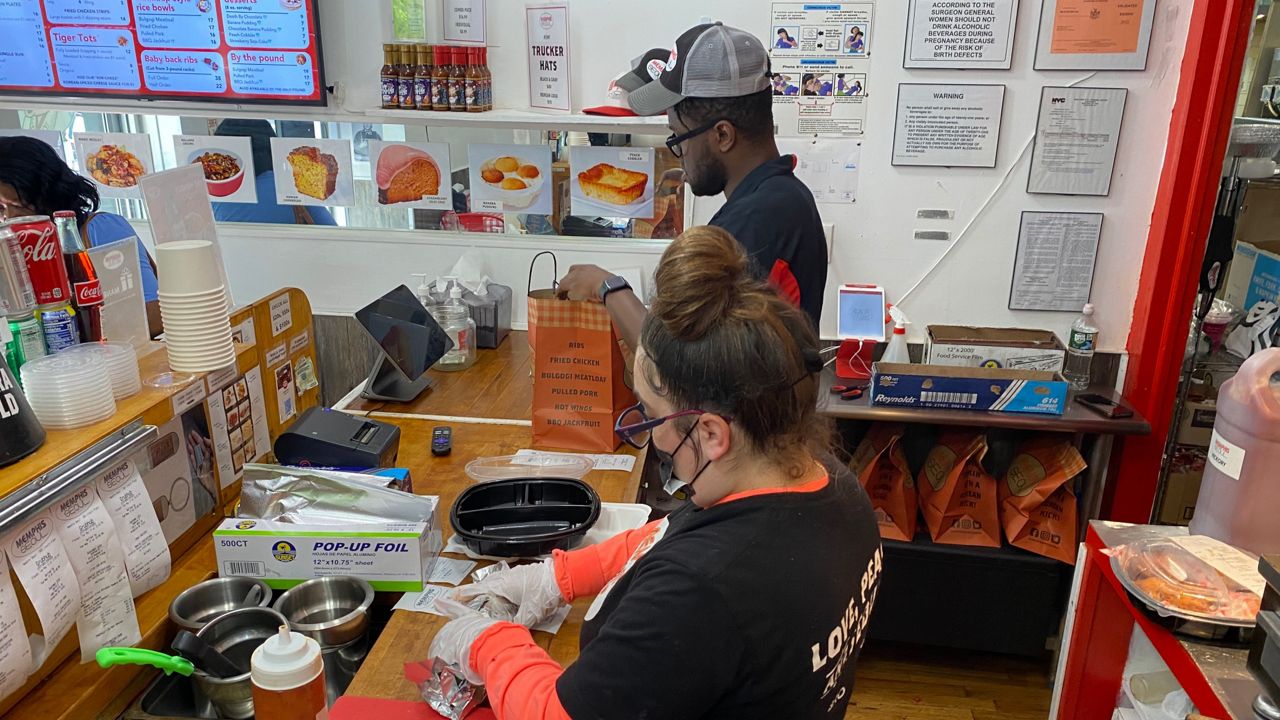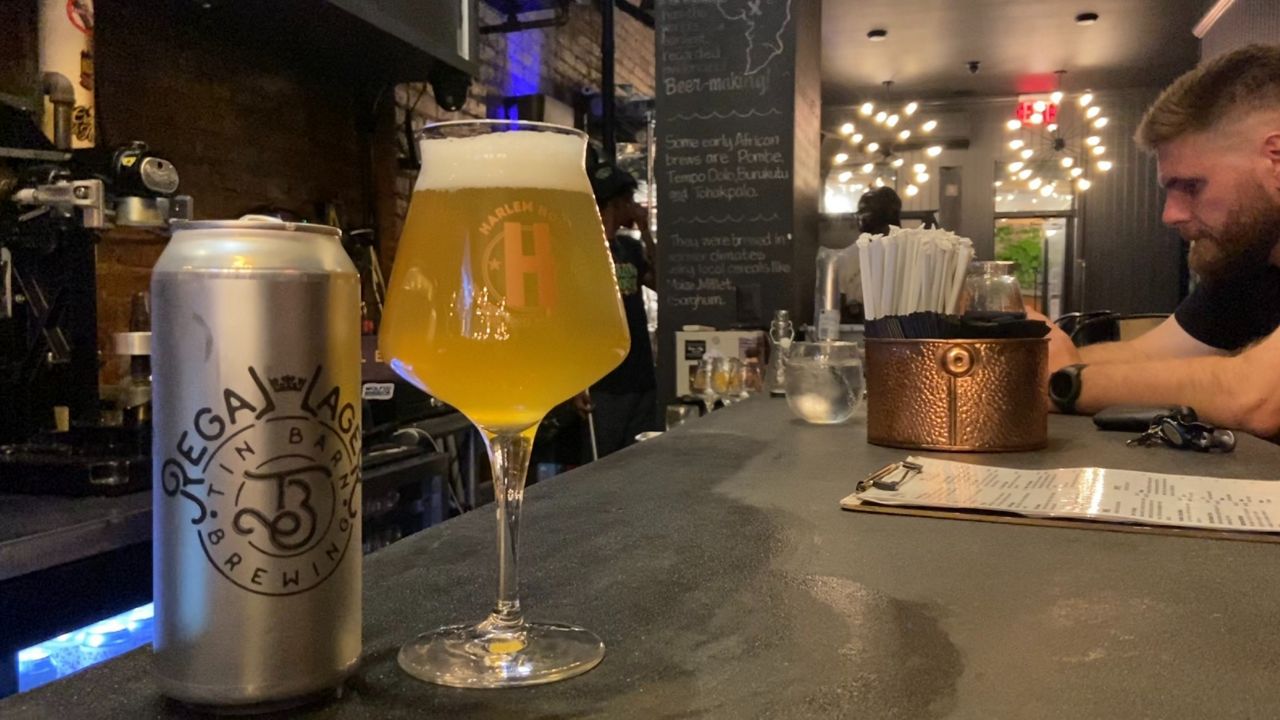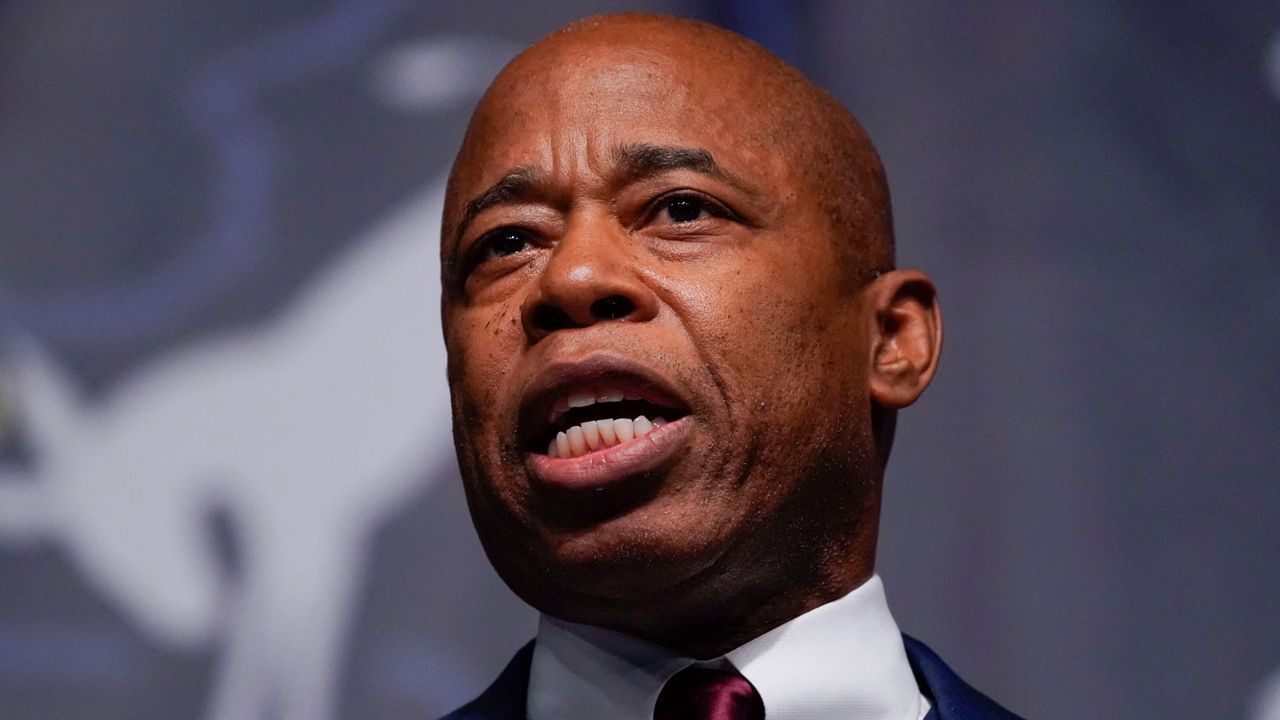NEW YORK - Some Koreatown restaurant owners claim that walking down 32nd Street can be deceiving.
While many of the neighborhood’s restauranteurs told NY1 that they are struggling to survive, they know that outside observers only see outdoor dining set-up’s that are full of paying customers.
Seolbin Park, the CEO of BARO by Chefs Society, said that is just a facade.
She claims that the situation is truly dire and believes that the neighborhood can’t sustain current losses for much longer.
“Right now there is no aid there is no support there is nothing,” Park said.
Park and the owners of several neighboring businesses in Koreatown told NY1 that they want Mayor de Blasio to reconsider his stance on indoor dining.
Right now, under the current coronavirus restrictions on dining, what they are making doesn’t come close to paying the bills.
“$55,000 per month in rent. So, literally if you go to the next block their rent is 1/3 compared to 32nd Street,” Park said.
Normally, Park said and her neighbors paid their rent on time and it would be worth it because of the neighborhood’s popularity.
Koreatown, which includes just a 2 block area in Midtown, is known internationally for its food and nightlife, which includes Karaoke.
Amid the pandemic, however, restauranteurs told NY1 that the tourist business they rely on is now non-existent.
“The revenues I could say are maybe 20 percent max. Even some stores, which have a smaller operation area, they aren’t even making 20 percent of their revenue,” said J.K. Kim who represents the local Koreatown association for businesses.
One of the biggest obstacles, specific to Koreatown, is how the area is set up.
There will be an anchor business on the first floor, like a restaurant, and then other businesses on the floors above.
Business owners said that in the past this structure helped them be successful but now it’s working against them.
“For second floor, 3rd floor we have alot businesses up there like kareoke , clubs. They cant even open even outside, nothing,” said Tora Yi, the owner of Shanghai Mong restaurant.
Some owners also said that the clientele that used to come from neighboring hotels has now been replaced and not in a way they ever expected.
“The biggest hotel is closed.The other - one, two three hotels have changed to shelters...It changed to homeless people,” said Kim.
Data obtained by NY1 does show that Midtown Manhattan has the most new homeless hotels.
Owners still said, even with all they are up against, that they still want to stay open in the neighborhood.
However, without indoor dining or any additional financial help on the horizon they said they won’t be able to hang on much longer before they will have to close.









